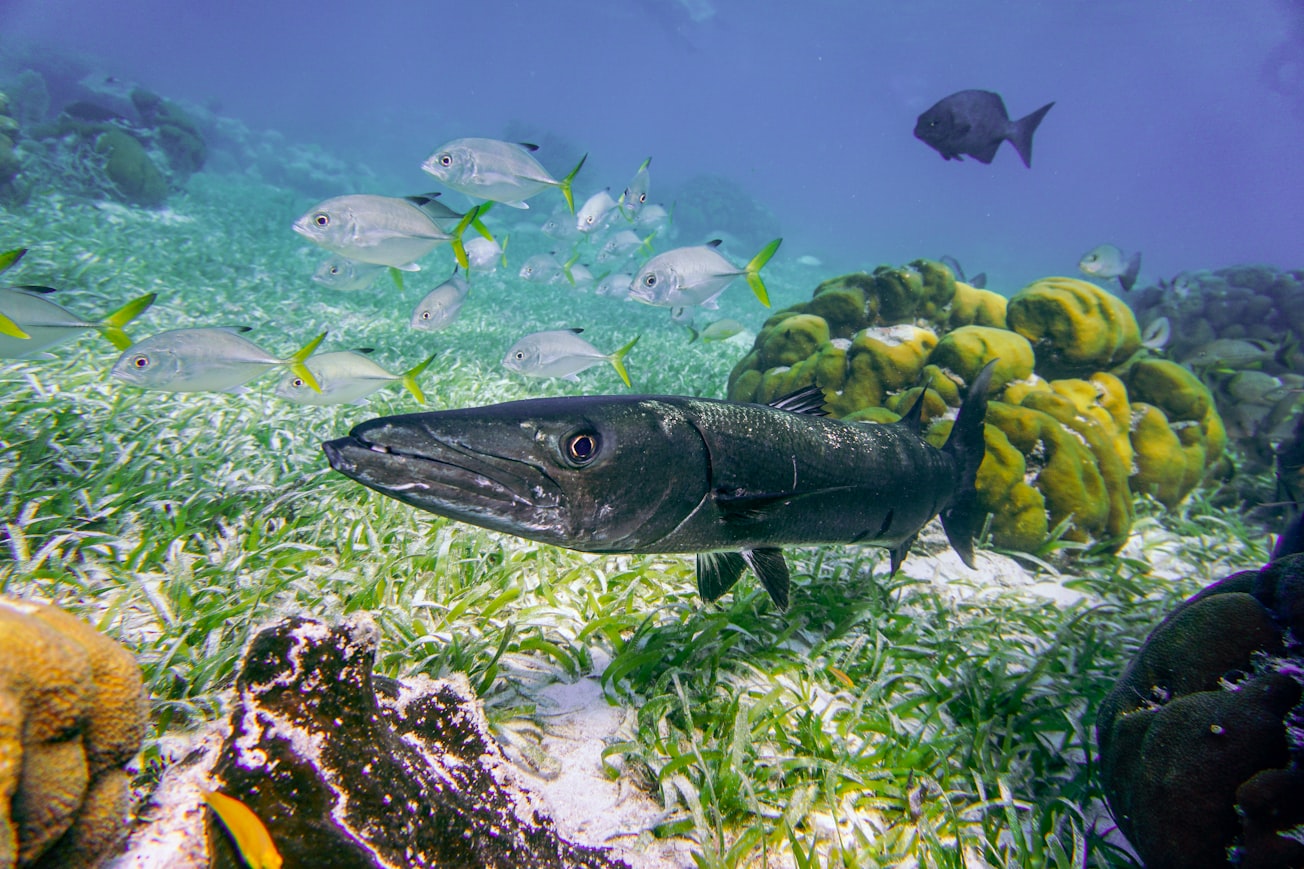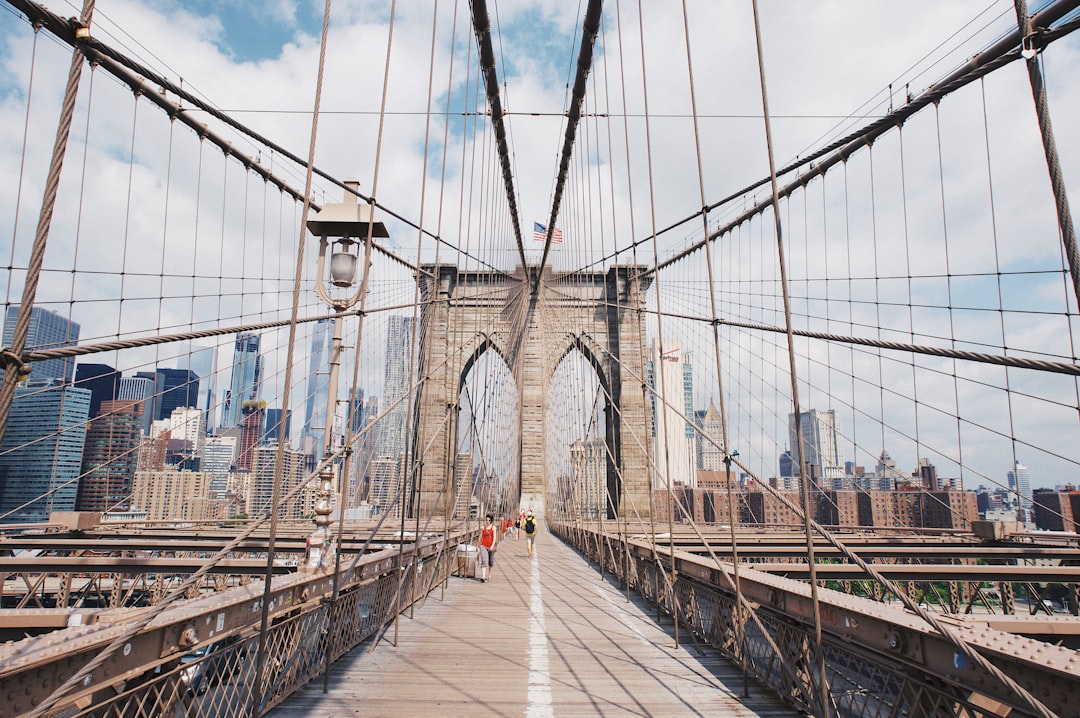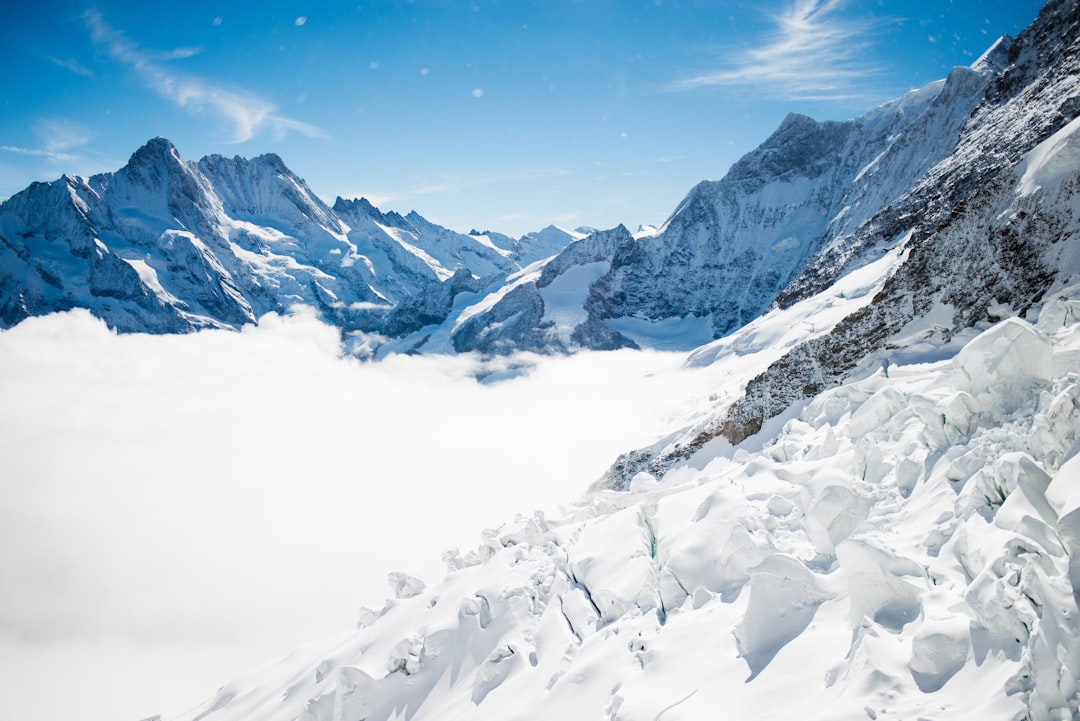What is it about?
On land, camera traps, also known as trail cameras, are often used to monitor animal presence and behavior in remote areas. Underwater, the motion trigger technology that traditional camera traps use does not work well. One solution is to take images on a timer (time-lapse), but this produces many images that then have to be sorted because only a handful of them will actually contain animals. These issues, along with other limitations like battery power, have prevented camera traps' use underwater. This paper provides a solution to these issues: an affordable, easy-to-build design for an underwater time-lapse camera and a machine learning model that sorts out all the empty images which do not contain any fish. The authors deployed these underwater cameras in Belize and compared the images collected from the cameras with observations by scuba divers to determine how many fishes and which types of fishes are present in different underwater environments (near a coral reef or farther away in a seagrass bed). These two different habitat types have very different fish communities, but more subtle differences in fish presence and absence inside and outside of a local protected area could only be detected with the cameras, not by the divers.
Featured Image

Photo by Wouter Naert on Unsplash
Why is it important?
This work addresses two important issues with underwater cameras: 1) most camera traps do not work underwater; and 2) time-lapse cameras that are deployed for long periods produce far too many images to analyze by hand. By building low-cost camera traps and then using machine learning to sort the images they produce, this study increases opportunities for underwater monitoring and related research. This study also shows that long-term cameras can detect differences between underwater communities which divers cannot, meaning that these methods (divers and cameras) are both important but are not interchangeable.
Read the Original
This page is a summary of: A low-cost, long-term underwater camera trap network coupled with deep residual learning image analysis, PLoS ONE, February 2022, PLOS,
DOI: 10.1371/journal.pone.0263377.
You can read the full text:
Resources
Contributors
The following have contributed to this page










